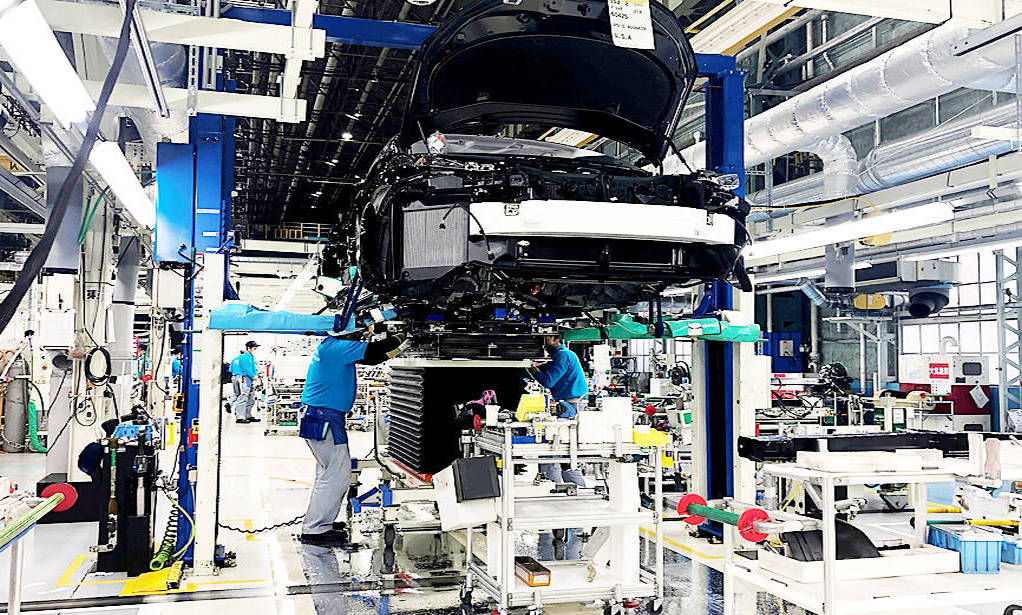Toyota is developing a regenerative fuel cell for the manned pressurized rover, nicknamed the Lunar Cruiser, for the lunar polar exploration mission (LUPEX) as part of projects led by the Japan Aerospace Exploration Agency (JAXA).
During an update on the development status, Ken Yamashita, Project Head for the Lunar Exploration Mobility Works Project, noted that the technologies under development and being fine-tuned for the lunar rover will be applied back on Earth. One of those is the regenerative fuel cell (RFC) system. (Others are off-road driving performance, automated off-road driving, and the user experience.)
A regenerative fuel cell has the ability to function as a fuel cell that converts hydrogen and oxygen into electricity and water, and as an electrolyzer that produces hydrogen and oxygen through the application of electrical energy. This dual-mode operation allows the fuel cell to switch between being an energy generator and an energy storage device.
One of the key challenges for the Lunar Cruiser is making it through the lunar night (14 days) without sunlight. Toyota is looking to the RFC to produce hydrogen and oxygen during daylight hours and then use the fuel cell to supply electricity at night.
There are a number of technology issues to solve for this application, including lightweight storage for both hydrogen and water. Toyota is partnering with Mitsubishi Heavy (MHI) on marine electrolysis technology for that aspect of the RFC, and leveraging its own fuel cell work as well.
The development of RFC technology could enable high-efficiency hydrogen production using sunlight, making it compact and lightweight enough to be mounted in vehicles. Overall, Toyota sees RFC technology as contributing to global circular living and carbon neutrality.
Tags: Fuel Cells, Toyota



Recent Posts
Port of Brisbane Unveils Vision 2060 to Drive Smarter, Cleaner, and More Connected Future
Wärtsilä to Deliver Hybrid Propulsion Systems for Vertom Group’s New Low-Emission Vessels
Latvian port receives electric Konecranes Gottwald Mobile Harbor Crane
Sustainable Ocean Economy Vital for Human Development, Says UNDP at UN Ocean Conference
Green Hydrogen Costs in India Could Drop by 40%, Says IEEFA-JMK Report
Cavotec Secures €1.55 Million Shore Power Contract for Port of Antwerp-Bruges
APM Terminals and SANY Marine sign landmark agreement to accelerate decarbonisation
The Port of Gothenburg takes big step towards shore power connection for container and car/RoRo vessels